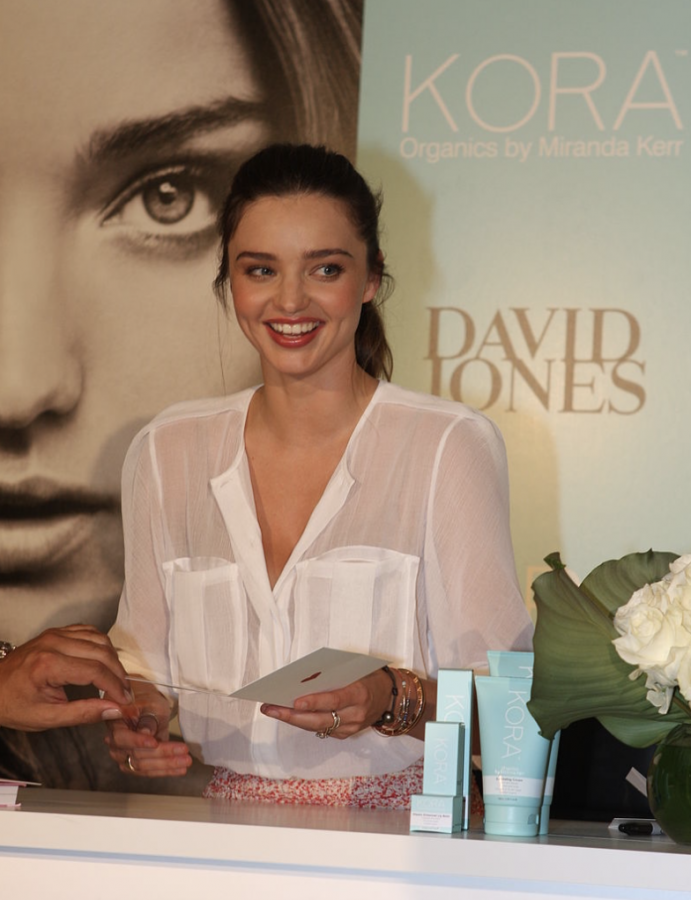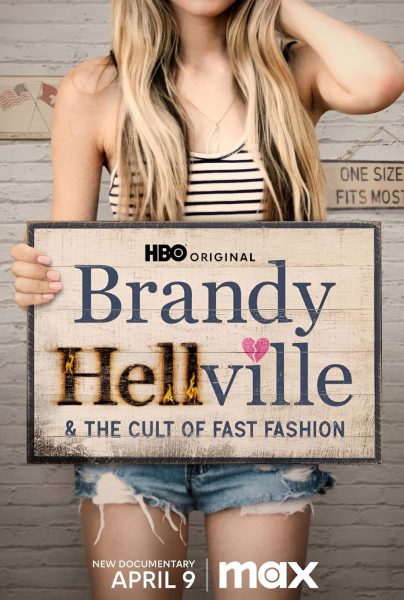Decoding Clean Green Beauty
By Emma Maliborski
Much like life expectancy, paid vacation time and the implementation of the metric system, America is markedly behind Europe in regulating the beauty and skincare industry.
The FDA currently bans about 30 toxic ingredients from cosmetic products. In the EU, however, the beauty ingredient blacklist is up to nearly 1,400 ingredients. Cheaper ingredients mean inferior formulas for the consumers and bigger profits for the beauty industry, and in America, this pattern is the norm.
Fortunately, brands and cosmetic companies have picked up on the demand for clean, green and organic products. Specialty distributors like The Detox Market, CREDO and CAP Beauty do the hard work for you by screening products for synthetic or potentially harmful ingredients before the company places the products on its shelves.
Not to be left behind, Sephora has curated specific pages on the company’s website for natural products, which include ingredients like charcoal, algae and rose, and clean products, which earn a Sephora “clean seal” if they are free of certain ingredients. Even celebrities have joined the trend—Miranda Kerr’s line, KORA Organics, is certified natural, organic, cruelty-free and vegan (except for a handful of products that contain goat milk and beeswax).
Purchasing these types of cosmetics is a great step to healthier and more sustainable living, but the jargon surrounding this segment of the industry can be confusing. Distributors like CREDO define these terms explicitly so they can easily select and screen products for their stores. Products marketed as “organic” must comply with USDA rules (contains 95% organic agricultural material), and “natural” products must have ingredients that can be found in nature like clays and essential oils, according to CREDO’s product standards. “Clean” products are formulated without certain harmful ingredients, like BHA, parabens, animal by-products and many others.
As with almost any purchase, it is crucial to do research beyond what is on a makeup product’s label. Many products marketed as “natural” are actually naturally-derived, meaning they use synthetic ingredients in their formulas. “Clean” products are also not necessarily natural.
Additionally, not all of these products are sustainable, cruelty-free or vegan. Minimal regulation of product ingredients in America often lead to brands advertising buzzwords without being held accountable to standards.
For consumers who value natural and clean ingredients in their products, this lack of transparency is frustrating. “They definitely don’t make it easy for you to know what is actually natural and what is not,” said Natalie Nardello, FCRH ’20. “With a few exceptions, the majority of brands aren’t upfront with the kinds of things they put in the products. Even if they are, they almost never explain what those things are or where they come from, so it can be kind of confusing.”
Even though this trend is gaining serious traction, it is important to remember that synthetic products are not necessarily a bad thing. “Some synthetics are so good at imitating nature, they actually do their jobs better, usually for less cost. And there are some tasks that natural ingredients ca not accomplish,” CREDO notes on their website.
The Ordinary, a popular skincare brand focused on “clinical formulations with integrity,” uses mainly synthetic ingredients. However, their products are cruelty-free, generally vegan and formulated with a “clean beauty” philosophy—all at a more affordable price point than that of luxury brands.
It is imperative for beauty aficionados, especially those in America, to research brands and products that align with what is best for both their skin and their values. For Nardello, brands that are carried by CREDO and similar distributors are trustworthy since they have been through a vetting process. “But if it’s just a brand that says it’s ‘organic’ that I have never heard of, I do not fully believe that without doing more research,” she said.
Even so, she keeps in mind what is best for her skin. “I’m not totally opposed to synthetic chemicals because sometimes they work better for me, even though I wish natural did,” she said. She recalled that in her experience, dermatologists often recommend synthetic ingredients, while other skincare fans argue that synthetic ingredients are harmful to consumers’ skin and bodies.
Especially in America, where industry regulation is at a minimum, making sense of clean and green beauty can seem impossible. However, the market seems to be responding to these demands and distributors like CREDO are taking it upon themselves to funnel clean products into a single place of purchase.
It is becoming easier for individual consumers to find products that match their individual values—whether that is cruelty-free products, natural ingredients or a clean formula. It just might require a bit of decoding and research to find them.











